Special Report
10 Mom & Pop Shops That Went Big
Published:
Last Updated:
Traditional mom and pop shops — arguably the symbol of American entrepreneurship — may be an endangered breed of business. In fact, the number of new companies in the U.S. economy has steadily declined since 1978. Yet, it may be worth remembering that many of the nation’s largest and most successful companies were at one time small, mom-and-pop businesses.
24/7 Wall St. reviewed 10 companies founded after 1950 and built from the ground up by just a few people. To be considered, companies needed to start as small, independent, family-owned businesses.
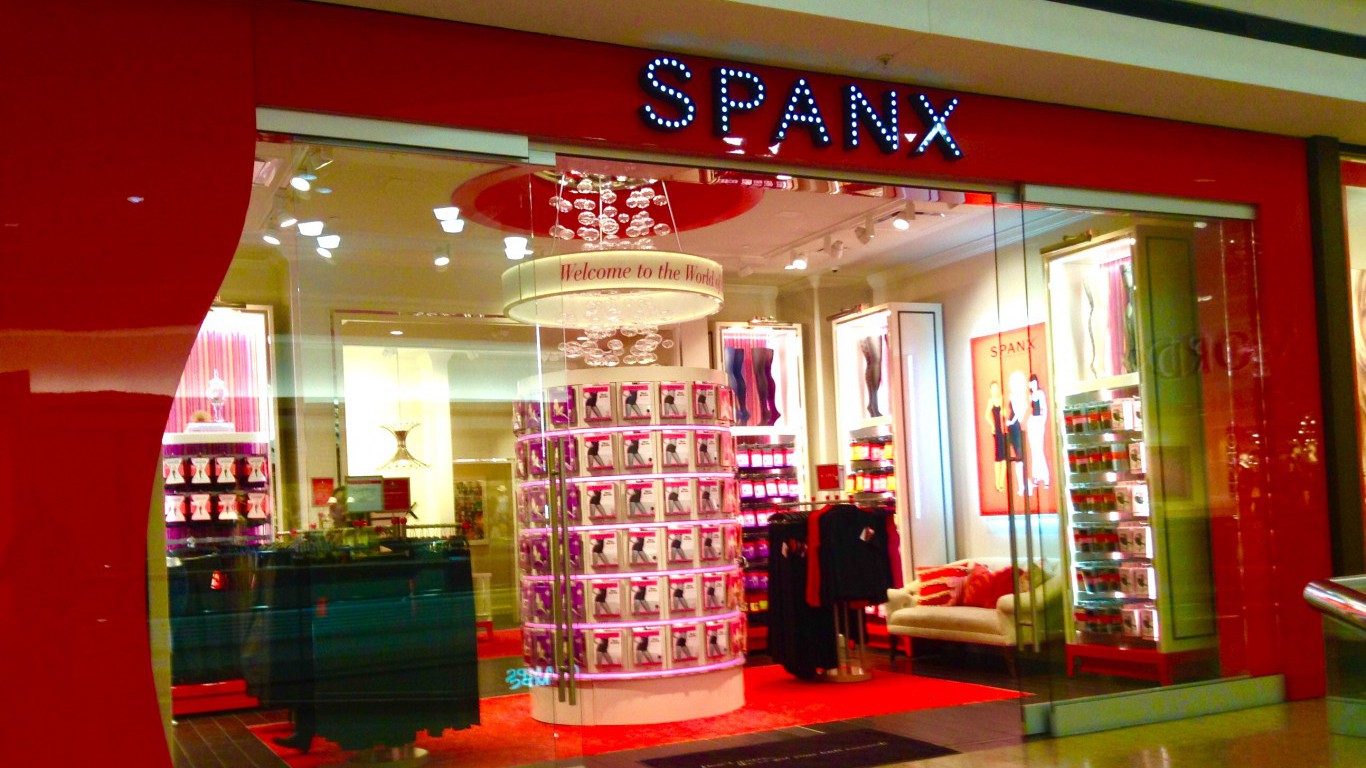
1. Spanx
> Founder(s): Sara Blakely
> Date of founding: 1998
> Annual revenue: $250 million
Atlanta-based hosiery company Spanx designs, manufactures, and sells lingerie, shorts, leggings, and a range of other apparel and luxury goods for women. Of the companies on this list, Spanx has perhaps grown the fastest over the shortest period of time. Founder Sara Blakely started the company in 1998 with about $5,000, and after a little over a decade, she became the youngest self-made female billionaire.
Working for a large fax machine company, Blakely was not comfortable wearing the old-fashioned pantyhose, which inspired her to create the footless bodyshaping pantyhose. She didn’t give up her day job for two years. In 2000, Oprah Winfrey boosted Spanx as her favorite product of the year, and the rest, as the saying goes, is history. The company made a $4 million profit in 1999 and in 2000, after Oprah’s announcement, the company earned $10 million. While Spanx is not a family enterprise, Blakely is still the sole owner of the company and has received zero outside investment.
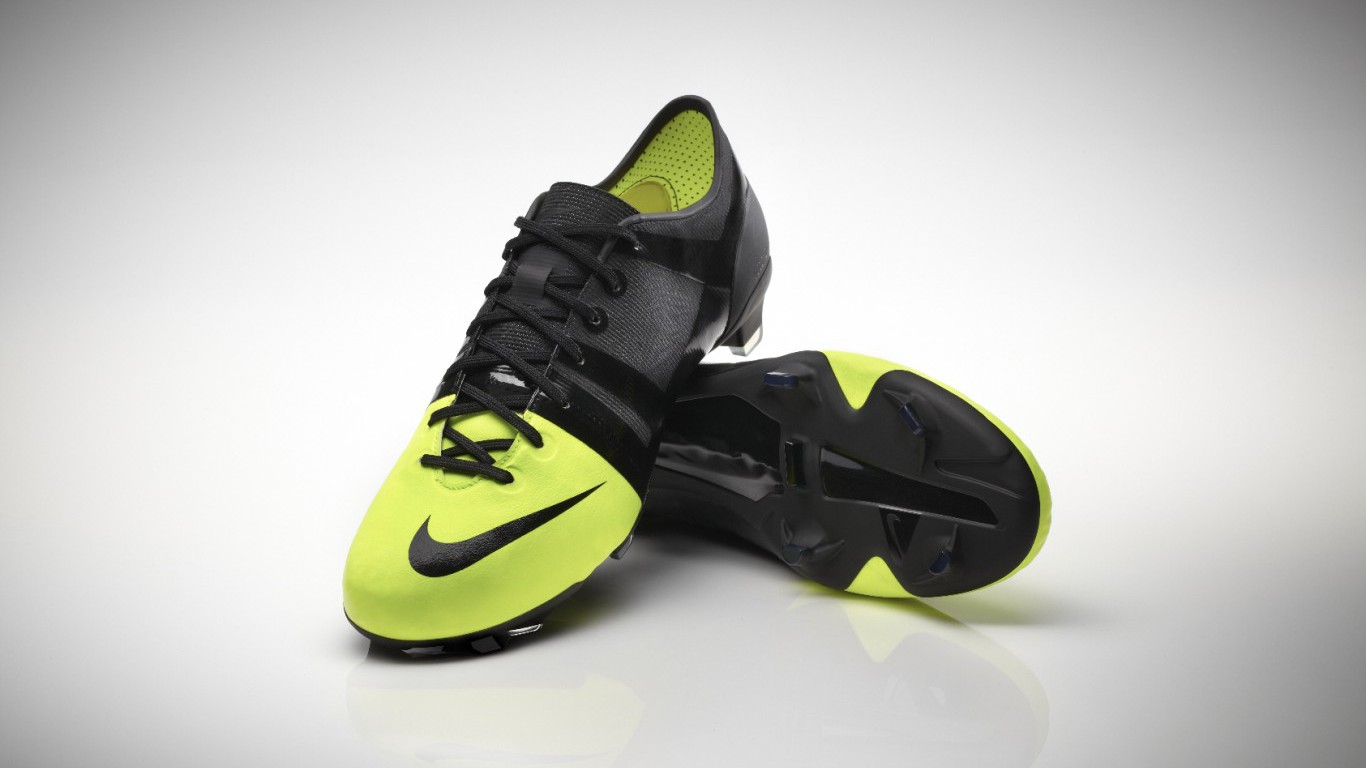
2. Nike
> Founder(s): Phil Knight and Bill Bowerman
> Date of founding: 1971
> Annual revenue: $30.6 billion
Two $500 investments were the beginning of what is now Nike Inc., one of the largest, most well-known shoe and apparel companies in the world. Co-founders Phil Knight and his former track coach at the University of Oregon Bill Bowerman each kicked in that amount in 1964 to begin importing sneakers from Japan and selling them at a markup in the United States. That company, called Blue Ribbon Sports, began making its own “Nike Waffle Trainer” in 1971, with soles inspired by the waffle iron cross-hatch pattern. In the same year, the company changed its name to Nike. The founders paid a designer $35 for the now-ubiquitous Nike swoosh. The designer, Carolyn Davidson, was also given a gift of 500 shares of Nike stock, now worth many times what the value at that time.
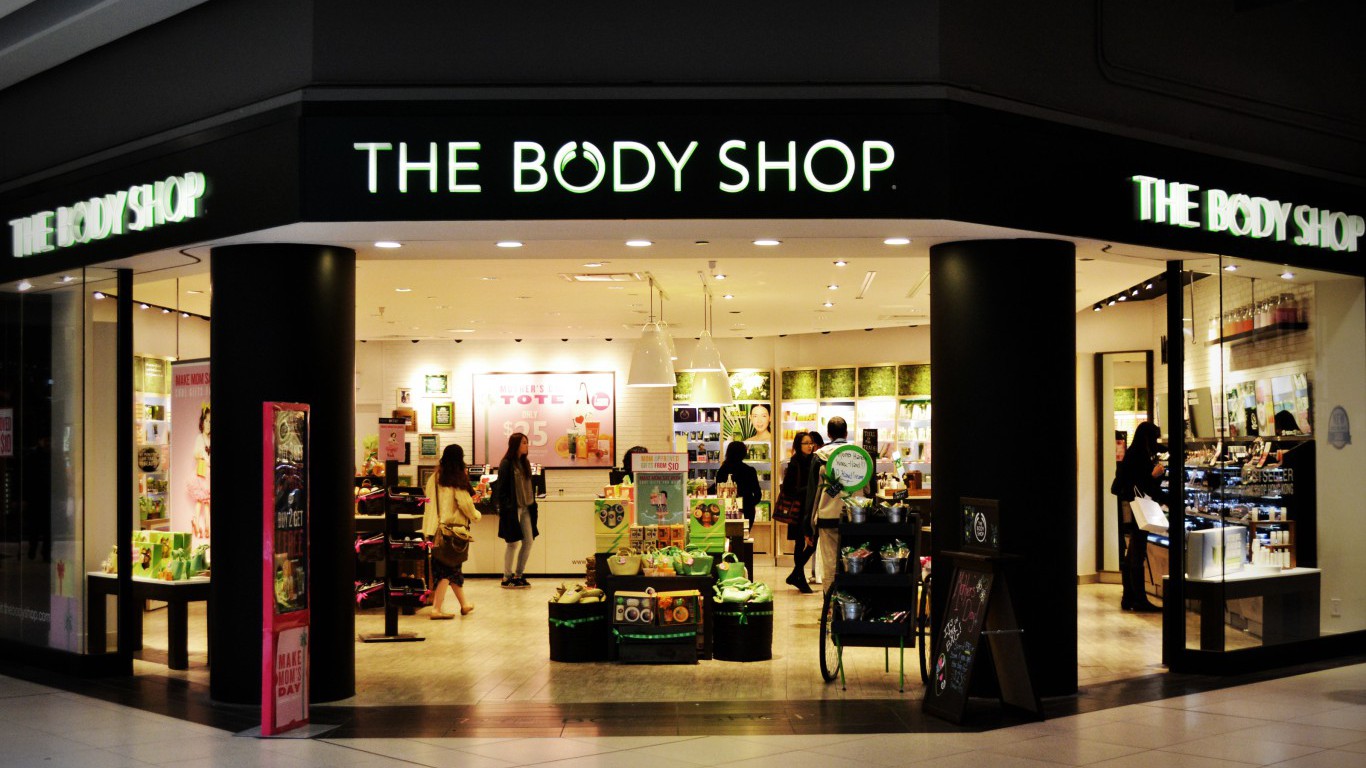
3. The Body Shop
> Founder(s): Anita Roddick
> Date of founding: 1976
> Annual revenue: $24.7 billion
Founded in 1976 by Anita Roddick, The Body Shop was one of the first beauty products companies to ban the use of animal testing and to promote the idea of fair trade with developing countries. Thirty years later, The Body Shop had nearly 2,000 stores worldwide. Roddick sold her business to L’Oréal in 2006, about a year before she died of a brain hemorrhage as a result of hepatitis-C she had contracted in 1971 from a blood transfusion. Today, The Body Shop generates an estimated $7.1 million profit from $956.8 million in sales for L’Oreal — 7.5% of the cosmetics and beauty company’s total sales.
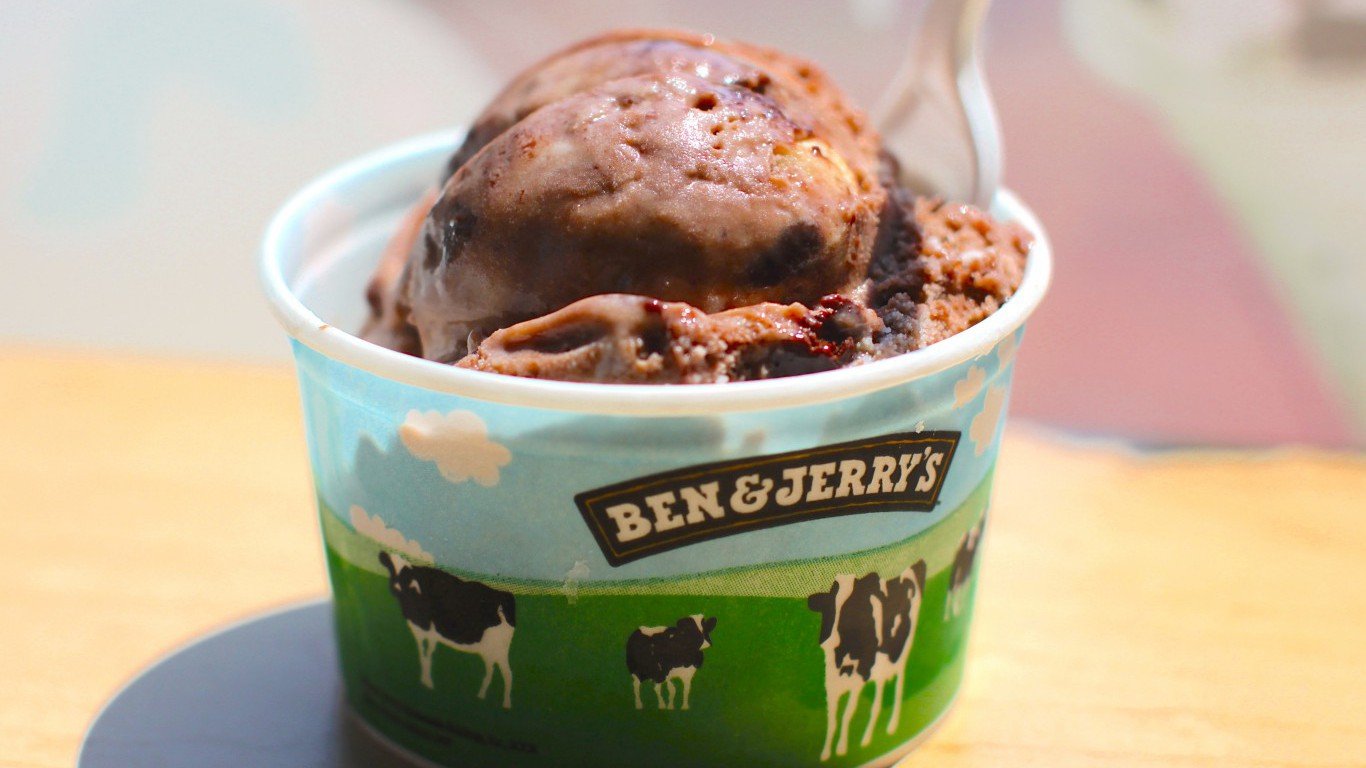
4. Ben & Jerry’s
> Founder(s): Ben Cohen and Jerry Greenfield
> Date of founding: 1978
> Annual revenue: N/A
Entrepreneurs Ben Cohen and Jerry Greenfield started selling their ice cream at a converted gas station in Burlington, Vermont, in May of 1978. The two friends were strong advocates for peace and environmentally-friendly business practices. In 1989, for example, Ben & Jerry’s removed all artificial growth hormones from their recipe. The socially conscious founders were able to maintain much of their uniqueness even after selling a majority position in the business to U.K.-based Unilever in 2000. The company’s factory in Waterbury includes a flavor graveyard, where flavors such as Bovinity Divinity and Holy Cannoli now rest in peace. Today, the Unilever brand is sold in every U.S. state and 33 countries around the world.
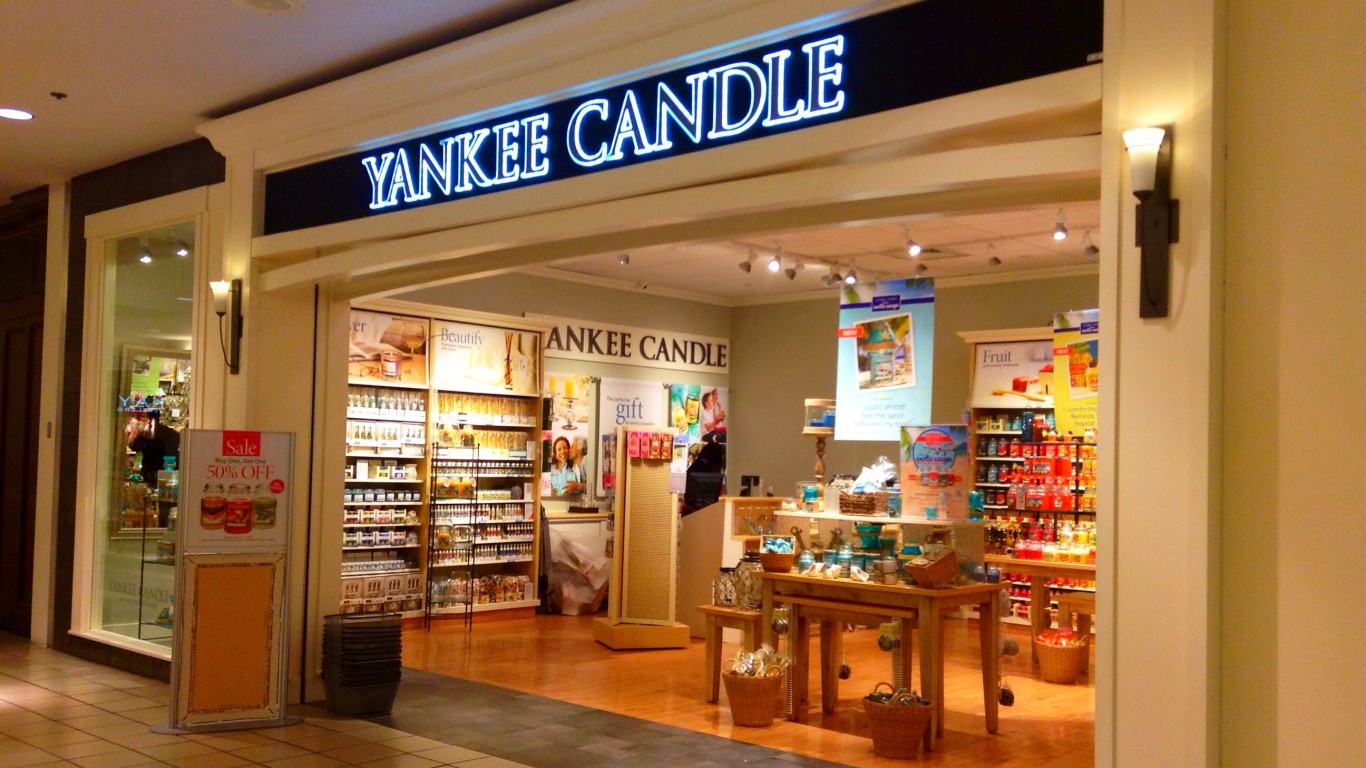
5. Yankee Candle
> Founder(s): Michael Kittredge
> Date of founding: 1969
> Annual revenue: $8.3 billion
Co-founder Michael Kittredge made his first scented candle out of melted crayons as a Christmas gift for his mother in 1969. Not long after, together with two partners, the first Yankee Candle store was opened in South Hadley, Massachusetts. The company may now be the largest maker of scented candles in the United States. The business was sold to private equity firm Forstmann Little for $500 million in 1998. It was then acquired by another PE firm, Madison Dearborn, for $1.7 billion, including debt, in 2007. Yankee Candle traded hands yet again in 2013, when Jarden Corp. acquired it for about $1.75 billion. The candle shop currently employs more than 6,000 workers and operates an estimated 575 stores worldwide.
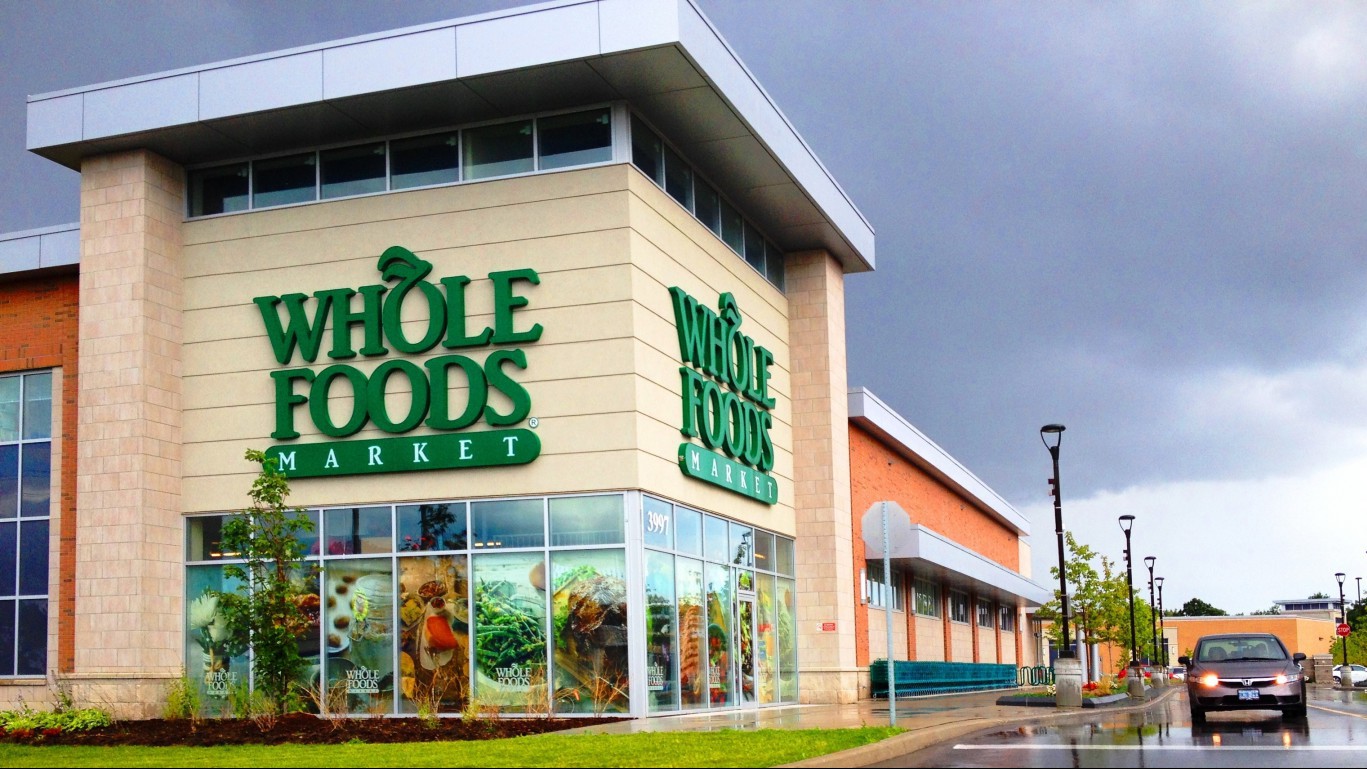
6. Whole Foods
> Founder(s): John Mackey and Renee Lawson
> Date of founding: 1980
> Annual revenue: $14.2 billion
A small natural foods store called Safer Way Natural Foods opened in 1978 in Austin, Texas. Two years later, owners John Mackey and Renee Lawson merged the business with another natural foods store, Natural Grocers, to form Whole Foods. A year later, the worst flood in decades caused massive damage to the company’s single Austin store, but with the help of customers, neighbors, and friends, the store, now renamed as Whole Foods Market, re-opened. Since then, the company has expanded into Canada and the U.K. and now operates more than 400 stores. Often called “Whole Paycheck” due to its high prices, Whole Foods has also been listed on Fortune magazine’s list of 100 best companies to work for every year since the list was started in 1998. While other companies with mom and pop roots have since transformed into massive international corporations, Whole Foods has attempted to shed any resemblance to the stereotype of an oversized corporation.
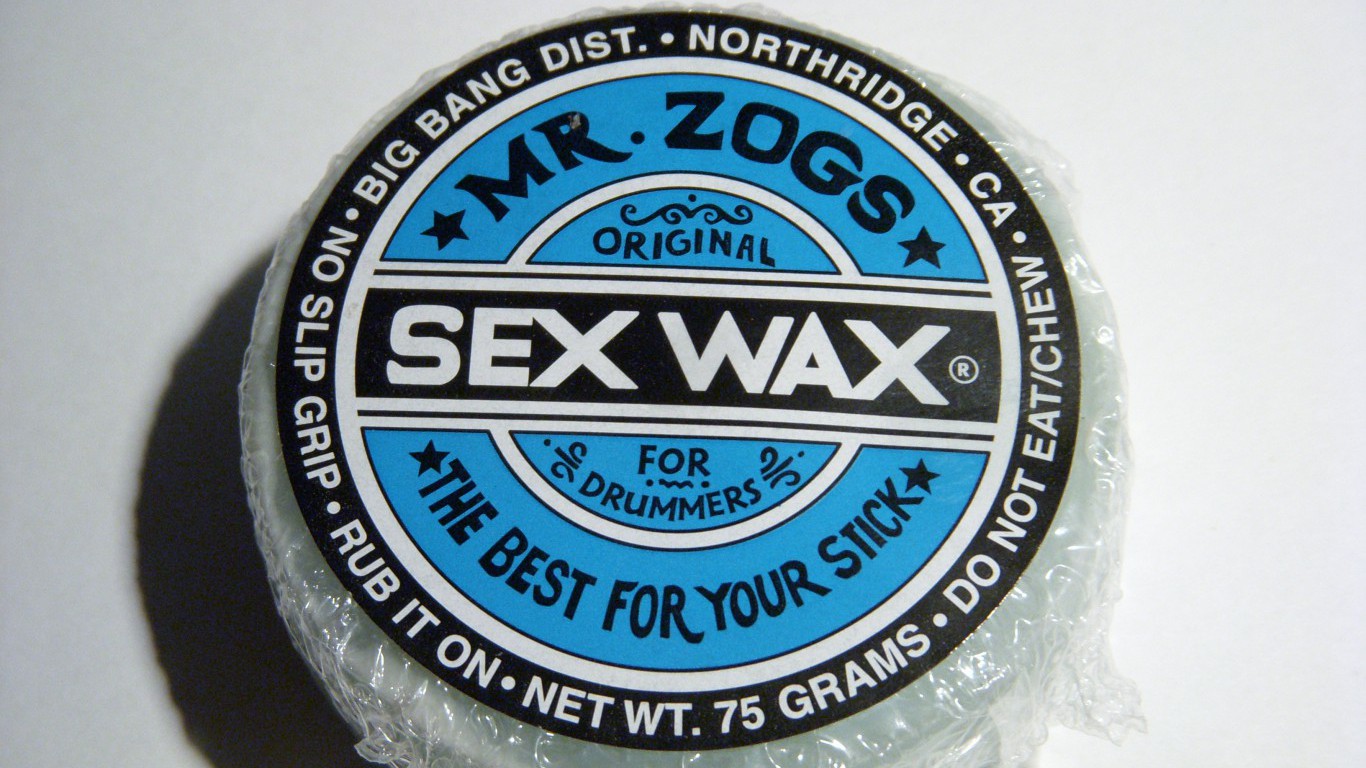
7. Mr. Zog’s Sex Wax
> Founder(s): Frederick Charles Herzog III
> Date of founding: 1972
> Annual revenue: N/A
Non surfers might not draw the right inference from the name of Frederick Charles Herzog III’s surfboard wax, but the name certainly draws notice. The name and logo were intended to get attention and to poke fun at big-time ad shops that use sex to sell anything and everything. Along with the original Sex Wax, Dr. Zog also makes and sells other surfboard and snowboard waxes, including Quick Humps, Really Tacky, and Navel Wax for body-boards. The privately held company, which has been making and selling Sex Wax since 1972, now sells its products worldwide.
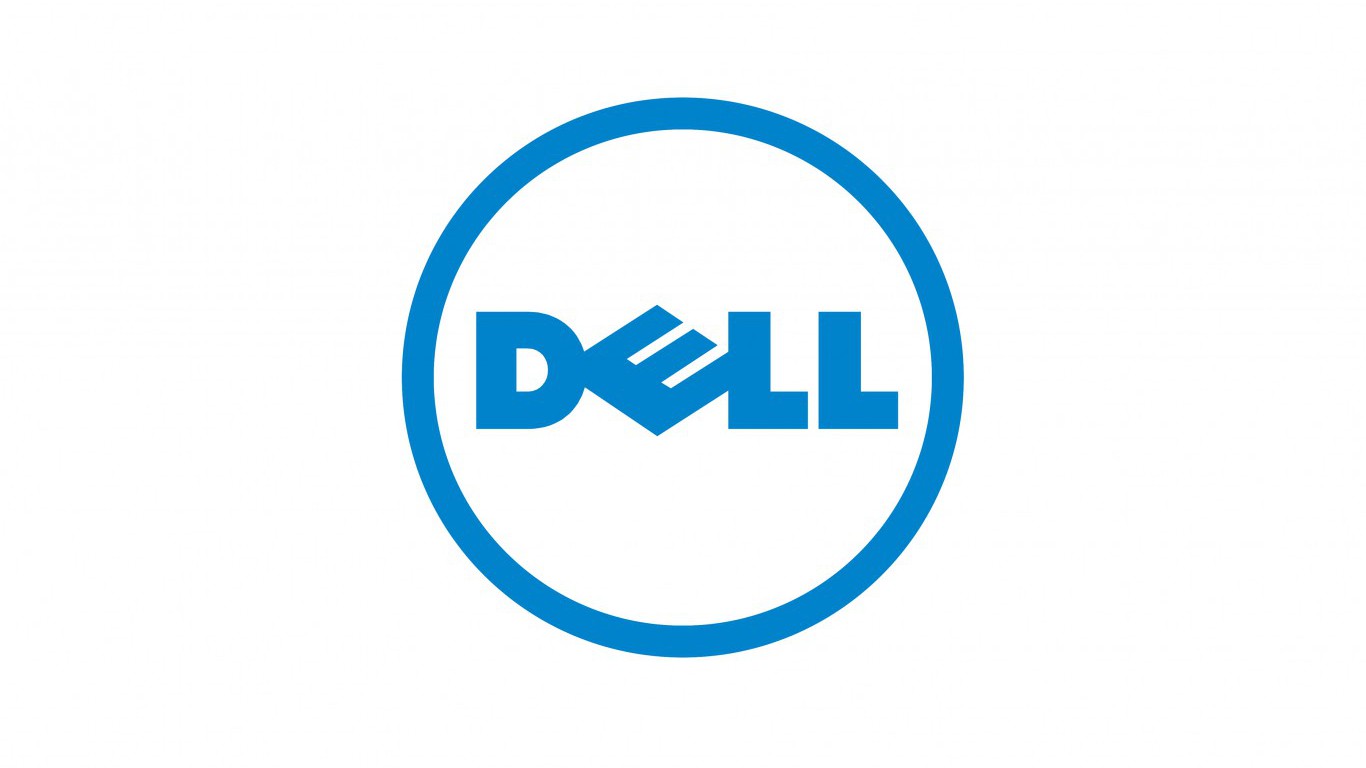
8. Dell Computer
> Founder(s): Michael Dell
> Date of founding: 1984
> Annual revenue: $56.9 billion
The Michael Dell story is well known: A college kid assembles personal computers in his dorm room, sells them for cheap because he has little overhead, and ends up with a personal fortune worth billions of dollars. In 1984, at the age of 19, Michael Dell incorporated PC’s Limited, later to become his eponymous computer company. The company completed its initial public offering in 1988, dramatically expanding its market cap from $1,000 to $85 million. Just four years later, Dell Computer made it to the Fortune 500 list. While the company continued its march higher during the next decade, it began to decline as tablets grew in popularity. In 2013, Michael Dell bought his old company back from shareholders, taking the company private. According to the company, Dell was the world’s best-selling computer in 2001.
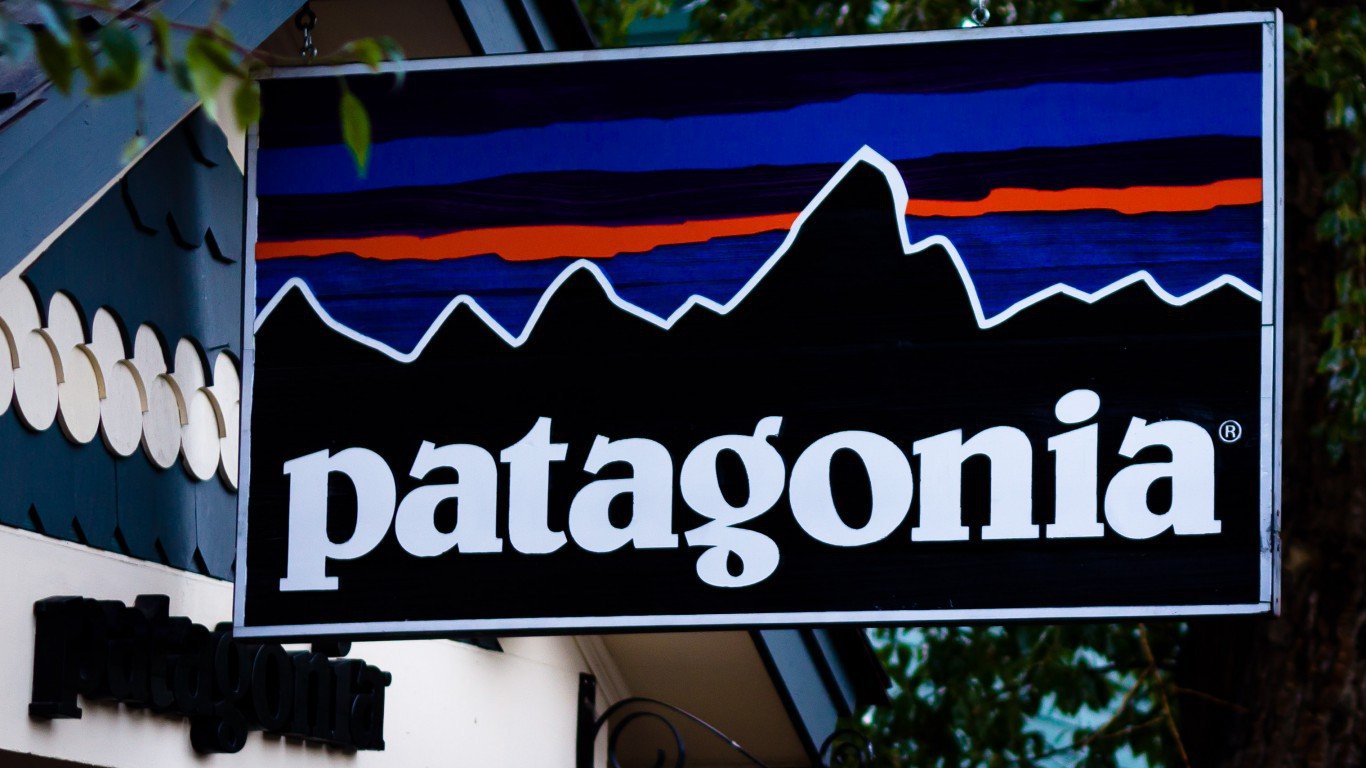
9. Patagonia
> Founder(s): Yvon Chouinard
> Date of founding: 1973
> Annual revenue: $575 million
In 1973, climber and outdoor gear maker Yvon Chouinard founded a company to make outdoor clothing that would stand up to the rigors of rock and alpine climbing. Chouinard is a serial entrepreneur. He founded his first company in 1957 to make pitons only to later introduce a product that revolutionized climbing and decimated the sales of his company’s own best-selling pitons. Patagonia’s reputation rests on the durability of its clothing and its environmental commitment. The company is a certified B Corp, a designation indicating that it meets standards of social and environmental performance, accountability, and transparency.
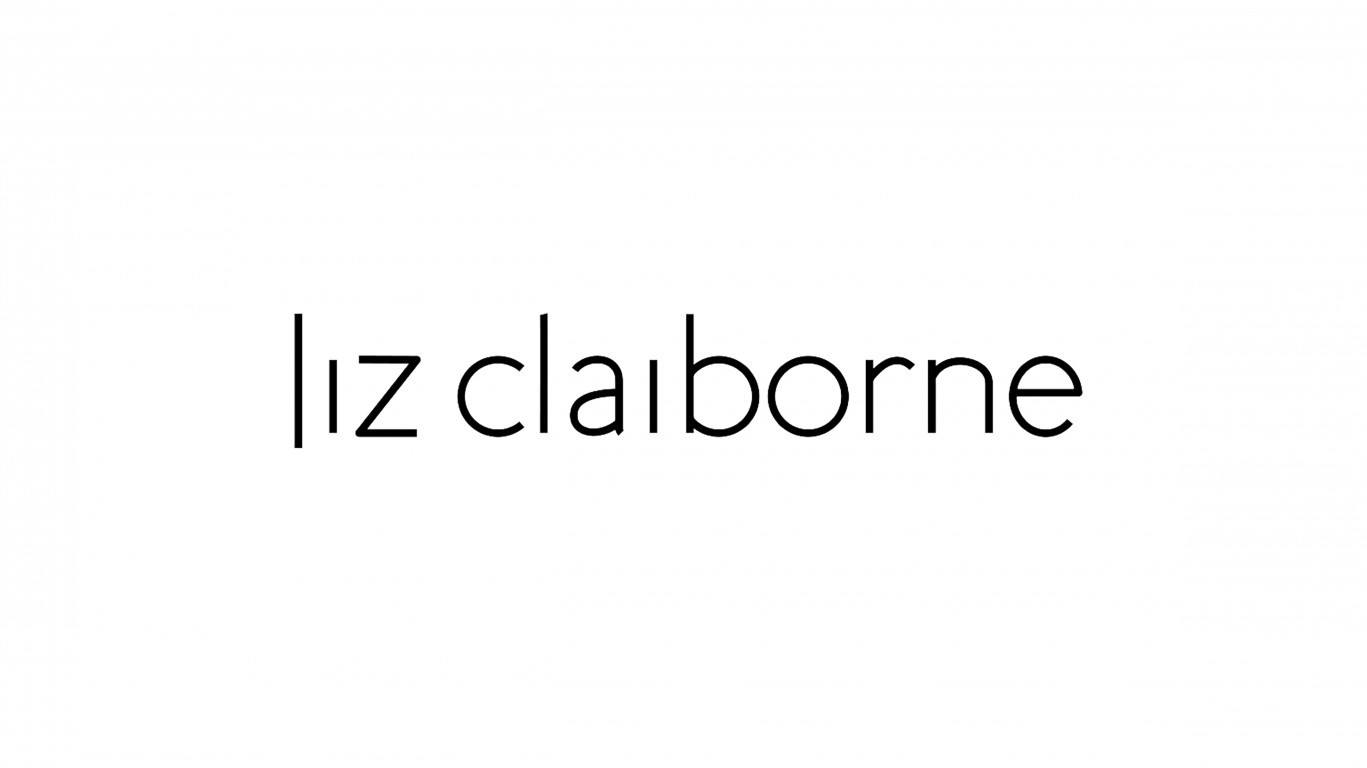
10. Kate Spade & Company
> Founder(s): Liz Claiborne
> Date of founding: 1976
> Annual revenue: $1.1 billion
Fashion designer Liz Claiborne founded her own company in 1976 to answer a need she saw for better styled and moderately priced business clothes for women. Her company went public in 1981 and made the Fortune 500 list in 1986 — the first company founded by a woman to make the list. Claiborne died in 2007 and her company was renamed Fifth & Pacific in 2012 when J.C. Penney bought the original namesake brand. Claiborne’s company survives today as Kate Spade & Company, after the company was renamed yet again in 2014.
Over the second half of the 20th century, mom and pop businesses — particularly the ones that went on to become large corporations — tended to operate in industries such as food, apparel, and fashion. Indeed, the iconic mom and pop store may be the family-run grocery store or the small-town general store, nearly all of which are slowly disappearing as large chains with more buying power continue to expand.
All of the companies reviewed that made it big operate in the retail sector. In many cases, the founders of these firms built a company around a product they wanted but could not buy — so they created it. Once they showed it to their family and friends, put together enough financing to get started, and worked hard to make the product appeal to millions of consumers, their businesses took off.
If that sounds simple, it is not. Bureau of Labor Statistics 2014 data shows how businesses with one to four employees — which is how all the businesses reviewed here got their start — created 3.63 million jobs in the United States. In the same year, these businesses lost 3.47 million jobs for a net gain of just 160,000 jobs — and most of those are likely to have been the business owners themselves and nobody else.
To identify the 10 mom-and-pop shops that went big, 24/7 Wall St. reviewed 10 companies founded after 1950 and built from the ground up by just a few people. To be considered, companies needed to start as small, independent, family-owned businesses. Company history, including founding date, came from the companies themselves. Annual revenue numbers are as of the most recent year available and came from company websites or from financial documents filed with the U.S. government. For subsidiaries, revenue figures for parent companies were used.
These are 10 mom and pop shops that went big.
Ever wanted an extra set of eyes on an investment you’re considering? Now you can speak with up to 3 financial experts in your area for FREE. By simply
clicking here you can begin to match with financial professionals who can help guide you through the financial decisions you’re making. And the best part? The first conversation with them is free.
Click here to match with up to 3 financial pros who would be excited to help you make financial decisions.
Thank you for reading! Have some feedback for us?
Contact the 24/7 Wall St. editorial team.